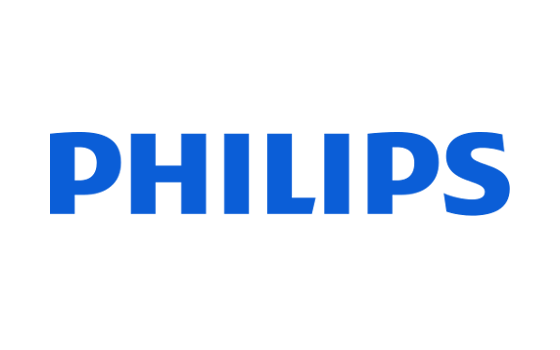 Royal Philips (NYSE: PHG, AEX: PHIA), a global leader in health technology, and Radboud University Medical Center have signed a hospital-wide, long-term strategic partnership that delivers the latest patient monitoring applications. All Radboudumc departments will have access to Philips' patient monitoring portfolio. In addition, the two parties have signed a service agreement, to continuously deliver clinical and technical services to maintain the monitors and underlying IT platform. New software developments for bedside or central station monitors are frequent, as are necessary clinical software and security updates. With this agreement, Radboudumc will always have access to the latest updates, software, and security for their patient monitoring systems.
Royal Philips (NYSE: PHG, AEX: PHIA), a global leader in health technology, and Radboud University Medical Center have signed a hospital-wide, long-term strategic partnership that delivers the latest patient monitoring applications. All Radboudumc departments will have access to Philips' patient monitoring portfolio. In addition, the two parties have signed a service agreement, to continuously deliver clinical and technical services to maintain the monitors and underlying IT platform. New software developments for bedside or central station monitors are frequent, as are necessary clinical software and security updates. With this agreement, Radboudumc will always have access to the latest updates, software, and security for their patient monitoring systems.
The goal of Radboudumc is to create a reliable and scalable patient monitoring ecosystem that offers flexibility in the future. This collaboration could help us to reduce alarms and allow data to be accessed and clinical decisions to be made from anywhere, helping to optimize patient monitoring and clinical outcomes. The ecosystem and platform that Philips offers create new possibilities and opportunities.
While patients are continuously monitored in operating rooms, Intensive Care Units and other departments with bedside patient monitors, monitoring also can happen during patient transit. Some interchangeable monitors can be used during patient transport to ensure no patient data is lost. The data is stored in the software and IT systems behind the monitors, which support caregivers in the interpretation of all this data, using algorithms, for example, to provide the best possible insight into the patient's health status and signal a deterioration in the patient.
"Patient monitoring is an innovation focus of Philips, and we use our technology to support healthcare providers to better care for their patients. The hardware, the monitors, and sensors are the visible parts of the monitoring system, but the invisible part - the software - is where we can make a big difference for healthcare providers. By bringing together patient data and distilling information from it, these systems and software can support caregivers in taking better care of patients and intervening more quickly when needed. In the future, we will see many developments in this area including the introduction of artificial intelligence," said Léon Kempeneers, Managing Director of Philips Benelux.
Philips is also focusing on innovations to enhance the usability of monitors. A few recent examples are the developments of alarm sounds to reduce alarm fatigue and create environments that promote patient recovery. In addition, Philips recently introduced the Visual Patient Avatar that aggregates patient data from the monitor, during surgery, into a "virtual patient" on the monitor screen to help caregivers interpret data more easily.
About Royal Philips
Royal Philips (NYSE: PHG, AEX: PHIA) is a leading health technology company focused on improving people's health and well-being through meaningful innovation. Philips' patient- and people-centric innovation leverages advanced technology and deep clinical and consumer insights to deliver personal health solutions for consumers and professional health solutions for healthcare providers and their patients in the hospital and the home.Headquartered in the Netherlands, the company is a leader in diagnostic imaging, ultrasound, image-guided therapy, monitoring and enterprise informatics, as well as in personal health. Philips generated 2023 sales of EUR 18.2 billion and employs approximately 69,100 employees with sales and services in more than 100 countries.